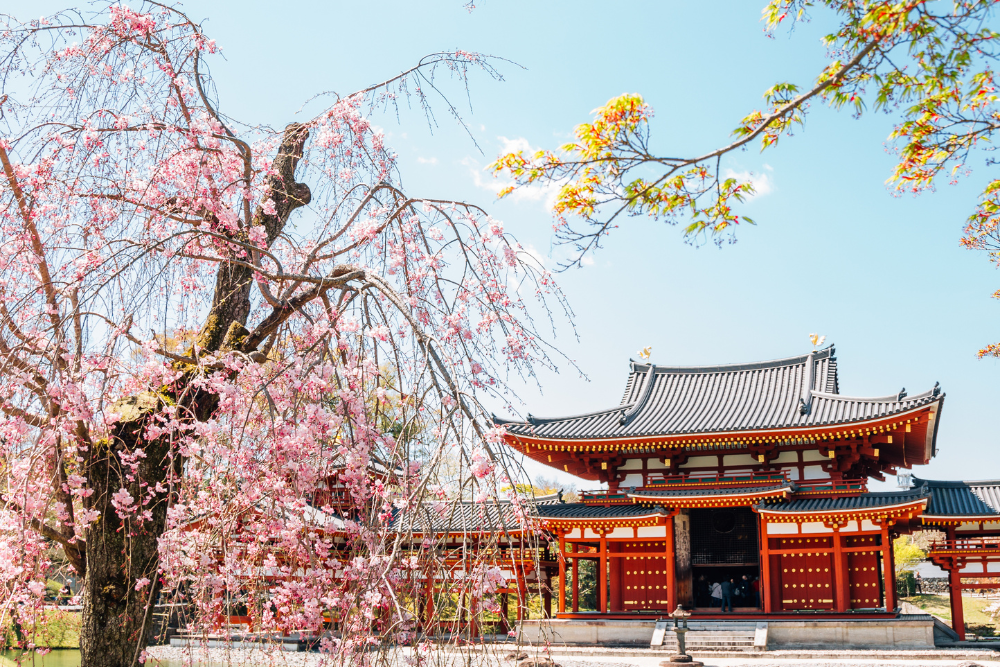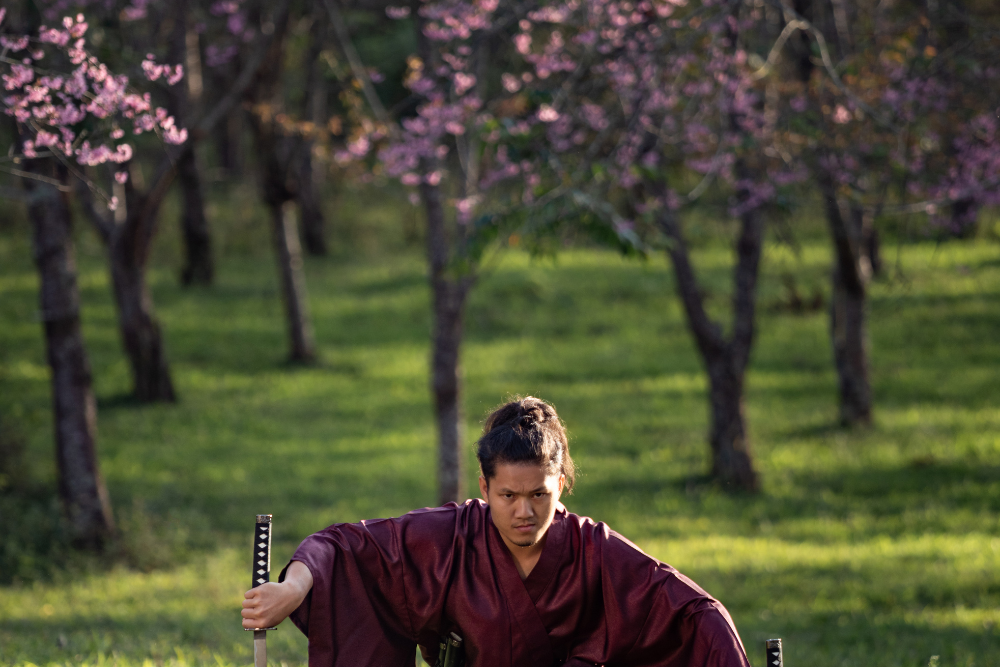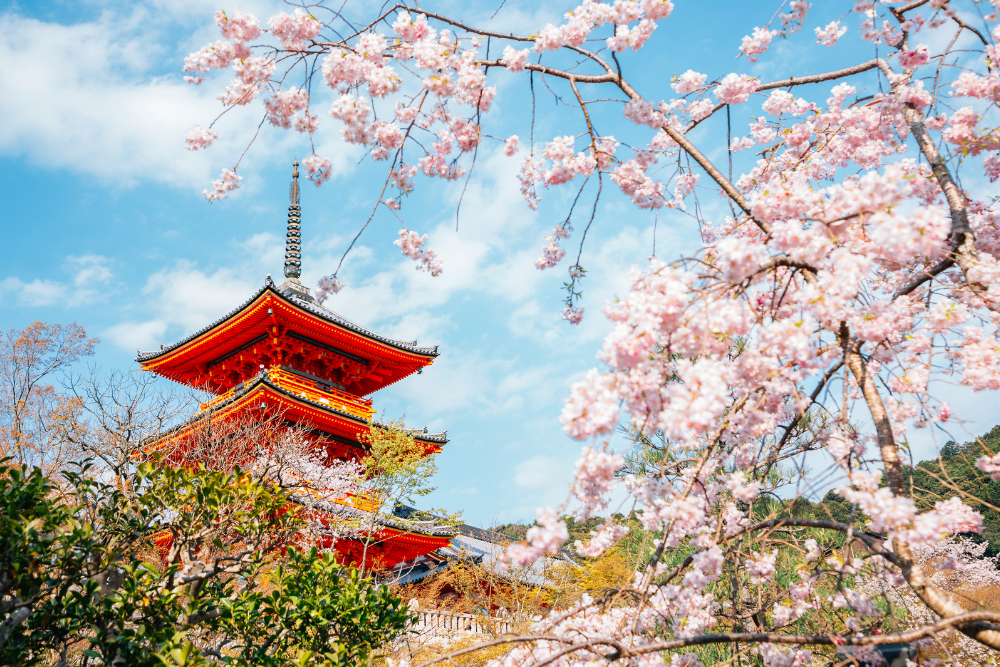Cherry blossoms, or sakura (桜), are one of Japan’s most iconic symbols. Every spring, millions of people gather under the delicate pink petals to celebrate hanami (flower viewing), a tradition that dates back centuries. But beyond their beauty, sakura hold deep cultural, historical, and philosophical significance in Japan. They represent themes of impermanence, renewal, and the fleeting nature of life, influencing everything from art and literature to samurai traditions and modern-day celebrations.
This guide explores the profound meaning of cherry blossoms and their enduring role in Japanese culture.
Sakura in Japanese Culture: A Symbol of Impermanence
One of the most powerful meanings of sakura is mujō (無常)—the Buddhist concept of impermanence. Cherry blossoms bloom spectacularly for just a short period before their petals fall, serving as a poignant reminder that life is fleeting and should be cherished.
This idea resonates deeply in Japanese philosophy, art, and way of life. The beauty of sakura is celebrated precisely because it is temporary, mirroring the transient nature of human existence. The phrase “mono no aware” (物の哀れ), which translates to “an awareness of the beauty of ephemerality,” perfectly captures the sentiment behind Japan’s love for cherry blossoms.
Even today, sakura continue to inspire people to appreciate the present moment, whether through hanami picnics, poetry, or quiet contemplation under the blossoms.
Historical Significance of Cherry Blossoms in Japan
1. Heian Period (794–1185) – The Aristocratic Tradition of Hanami
The tradition of hanami began during the Heian Period, when the Japanese imperial court admired cherry blossoms as a symbol of elegance and poetic beauty. Nobles would gather under the sakura trees, composing waka poetry about their fleeting charm.
One of Japan’s earliest recorded references to hanami comes from The Tale of Genji, written in the 11th century by Murasaki Shikibu. The novel describes aristocrats celebrating cherry blossoms with banquets and poetry readings.
2. Samurai and Sakura – A Symbol of the Warrior Spirit
During the Edo Period (1603–1868), sakura became associated with bushidō (the way of the samurai). Just like cherry blossoms fall at the peak of their beauty, samurai were expected to live honorably and be ready to face death at any moment.
The samurai viewed the cherry blossom as a metaphor for their lives—brief, beautiful, and fleeting. This symbolism was later adopted by kamikaze pilots in World War II, who saw themselves as falling like sakura petals for the nation.
3. Meiji Era (1868–1912) – National Symbol of Japan
During the Meiji Restoration, cherry blossoms became a national symbol of Japan’s identity. They were planted across the country, and even in overseas territories, as a way to represent Japan’s beauty, resilience, and cultural pride.
Sakura imagery also became popular in military and governmental contexts, appearing on coins, uniforms, and national emblems.
4. Post-War Japan – A Symbol of Peace and Renewal
After World War II, cherry blossoms took on a new meaning—rebirth and hope. As Japan rebuilt itself, hanami gatherings became a way for people to come together, celebrate life, and look forward to a peaceful future.
Today, sakura continue to symbolize new beginnings, particularly in April, when the school year and business calendar start in Japan. The sight of cherry blossoms marks the arrival of spring and fresh opportunities.
Sakura in Japanese Art, Literature, and Popular Culture
1. Poetry and Literature
Cherry blossoms have been a major theme in Japanese literature for centuries. Many famous haiku and waka poems reflect on their beauty and impermanence.
One of the most well-known haiku about sakura comes from the poet Matsuo Bashō:
“Clouds of cherry blossoms—
Is that temple bell in Ueno
or Asakusa?”
This poem captures the fleeting beauty of sakura, blending nature with the spiritual atmosphere of Kyoto’s historic temples.
2. Sakura in Traditional and Modern Art
Cherry blossoms have been depicted in ukiyo-e (woodblock prints), kimono patterns, ceramics, and paintings for centuries. One of the most famous ukiyo-e prints featuring sakura is Hiroshige’s “One Hundred Famous Views of Edo”, which showcases cherry blossoms in Edo-period Japan.
In modern Japan, sakura continue to be a popular motif in anime, film, and advertising. The soft pink petals are often used to evoke nostalgia, romance, or the passage of time.
3. Sakura in Japanese Festivals and Traditions
- Hanami Festivals: Every spring, cities across Japan hold cherry blossom festivals with food stalls, cultural performances, and lantern-lit night viewings (yozakura).
- Sakura-Themed Products: Limited-edition sakura-themed drinks, sweets, and cosmetics flood the market every spring. Popular treats include sakura mochi (sweet rice cakes wrapped in cherry leaves) and sakura-flavored tea and sake.
- Sakura Trees as Gifts: Japan has gifted cherry trees to various countries as a symbol of friendship. The most famous example is the 1912 gift of 3,000 cherry trees to Washington, D.C., which continue to bloom annually along the Tidal Basin.
Sakura and the Modern-Day Japanese Mindset
Even in contemporary Japan, sakura continue to influence daily life and philosophy. They serve as a reminder to:
- Live in the present moment. Just like cherry blossoms bloom briefly, life is short and should be cherished.
- Embrace change and renewal. The annual cycle of sakura falling and blooming again reflects life’s natural transitions.
- Find beauty in imperfection. The idea of “wabi-sabi” (侘寂), or appreciating beauty in imperfection, aligns with the way sakura petals fall gracefully, even in their final moments.
Whether it’s through hanami, poetry, or simply pausing to admire the blossoms, sakura encourage people to appreciate the beauty of life’s transient moments.
Conclusion
Cherry blossoms are much more than a seasonal attraction—they are an integral part of Japanese culture, history, and philosophy. From their aristocratic origins in the Heian court to their symbolic connection with the samurai and modern-day celebrations, sakura represent impermanence, renewal, and the fleeting beauty of life.
Every spring, as millions gather under the blossoms, they are reminded of this simple yet profound truth: life, like sakura, is precious, short-lived, and meant to be celebrated.












